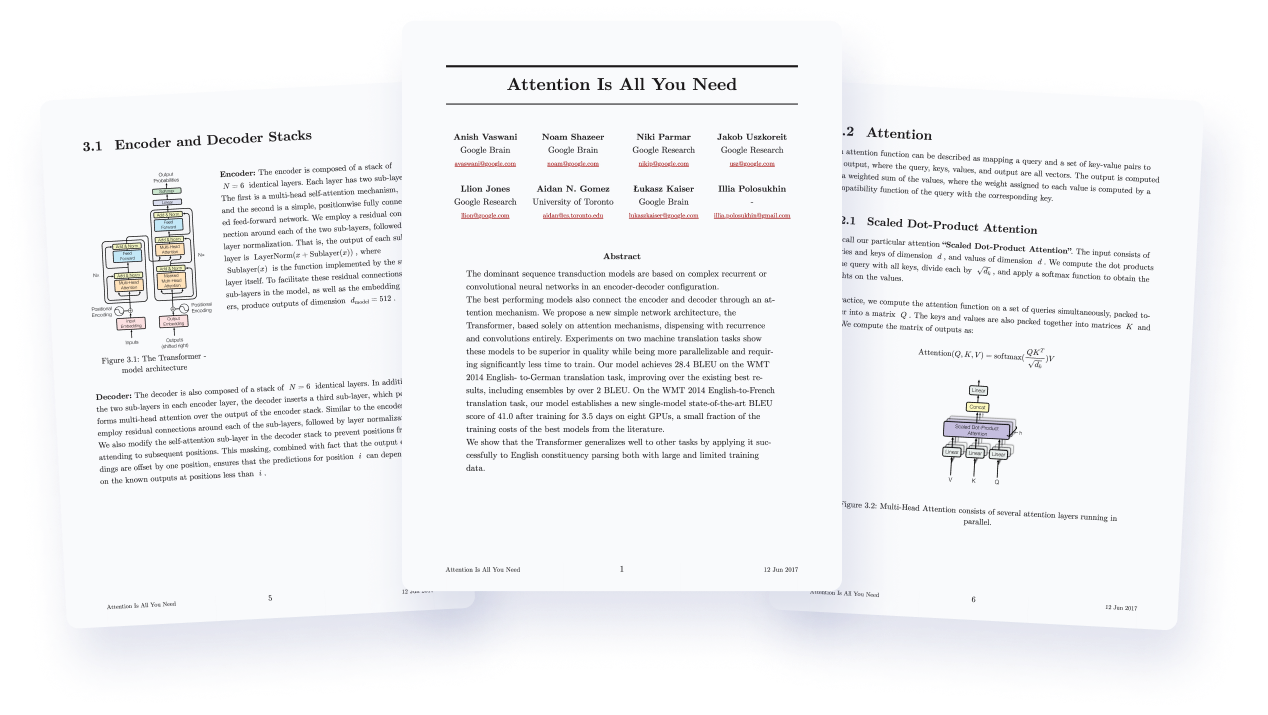Unlocking Professional Typesetting with Quarkdown: A New Productivity Tool for Markdown Users
Introduction: The Pain Points and Breakthroughs in Technical Writing
In the fields of academic research and technical documentation, the simplicity of traditional Markdown contrasts sharply with its limitations in complex formatting. When dealing with mathematical equations, multi-column layouts, or automatic numbering, users often struggle with LaTeX’s steep learning curve. Enter Quarkdown—a revolutionary open-source tool designed to address these challenges.
Built on Kotlin, this project introduces functional programming and dynamic scripting capabilities to Markdown, empowering users to achieve professional-grade typesetting while retaining Markdown’s ease of use. Its unique syntax extension mechanism bridges the gap between simplicity and LaTeX-level precision.
Comprehensive Analysis of Core Features
1. Dynamic Content Generation System
Output: Hello, world from Quarkdown!
Through custom functions and variables, users can implement:
-
☾ Conditional logic and loops -
☾ Dynamic content insertion -
☾ Modular content reuse -
☾ Auto-numbering and cross-references
2. Multi-Format Output Engine
Generate three professional formats with one command:
-
☾ Interactive Web Pages (default) -
☾ Print-Ready Documents (via paged.js) -
☾ Dynamic Presentations (powered by reveal.js)

3. Real-Time Compilation Workflow
The watch mode revolutionizes the writing experience:
This command enables:
-
☾ Automatic file change detection -
☾ Instant recompilation -
☾ Browser preview refresh -
☾ Local web server support (port 8089)
4. Standardized Function Library
Seven built-in modules cover essential needs:
Technical Comparison: Quarkdown’s Unique Advantages
Feature Comparison with Mainstream Tools
Code Comparison for Typical Scenarios
LaTeX Multi-Column Layout:
Quarkdown Equivalent:
Hands-On Guide: From Installation to Publishing
Environment Setup & Installation
-
Download the latest release: -
Configure the environment: -
Verify installation:
Project Creation Workflow
The interactive wizard guides you through:
-
Document type selection (article/book/slides) -
Metadata configuration (title/author/date) -
Template choice (academic paper/technical manual) -
Library imports (math/diagrams/code highlighting)
Core Compilation Commands Explained
-
☾ --pdf: Generate print-ready PDF -
☾ -o: Specify output directory -
☾ -p: Enable live preview -
☾ -w: Auto-compile on file changes
Advanced Use Cases
Academic Paper Typesetting Example
Technical Presentation Development
Ecosystem & Extensibility
Standard Library Overview
Custom Function Development
Third-Party Library Integration
Load custom libraries via -l parameter:
Performance & Reliability
Compilation Speed Benchmarks
Tested on Intel i7-12700H:
Error Handling Mechanism
-
☾ Compilation errors highlighted in documents -
☾ Non-strict mode for continued processing -
☾ Detailed logging levels:
Developer Ecosystem & Support
Contribution Guidelines
-
☾ Code standards: Ktlint enforcement -
☾ Testing requirements: 90%+ line coverage -
☾ Documentation: API examples mandatory -
☾ Issue tracking: GitHub-based management
Community Resources
Future Development & Industry Impact
Technical Roadmap
-
WebAssembly browser compilation -
Collaborative editing plugins -
Cloud compilation services -
AI-assisted writing extensions
Application Prospects
-
☾ Academic publishing: Automated preprints -
☾ Technical docs: Versioned multi-format output -
☾ Education: Interactive courseware -
☾ Enterprise: Automated report generation
Conclusion: Redefining Technical Writing
Quarkdown represents a breakthrough in lightweight markup languages, combining Markdown’s simplicity with professional-grade typesetting. For developers, researchers, and technical writers who require efficient documentation workflows, this tool redefines what’s possible in modern technical communication.
Through this comprehensive guide, you’ve gained a thorough understanding of Quarkdown’s capabilities. Visit the official GitHub repository to start your journey toward enhanced productivity in technical writing.

